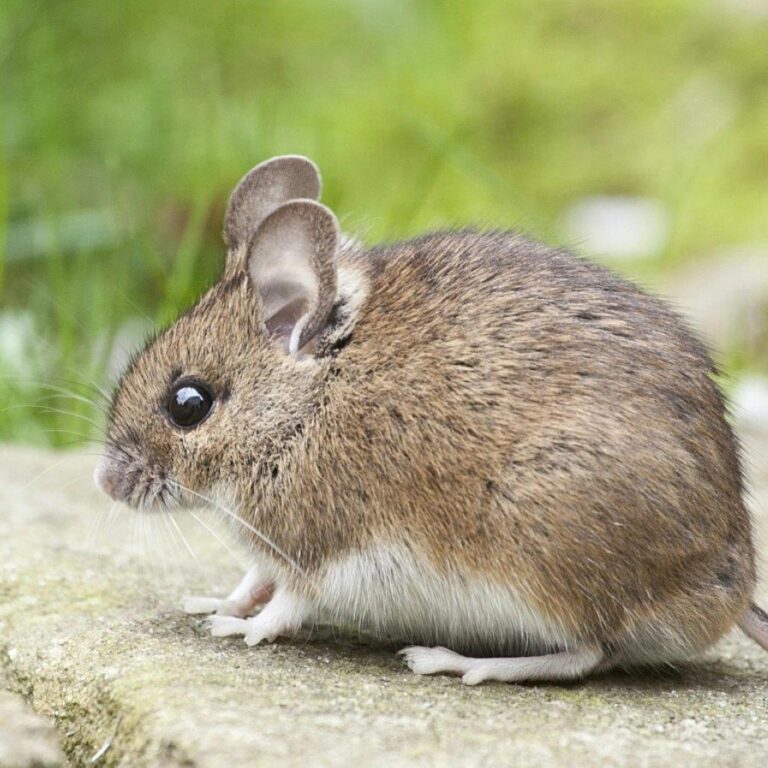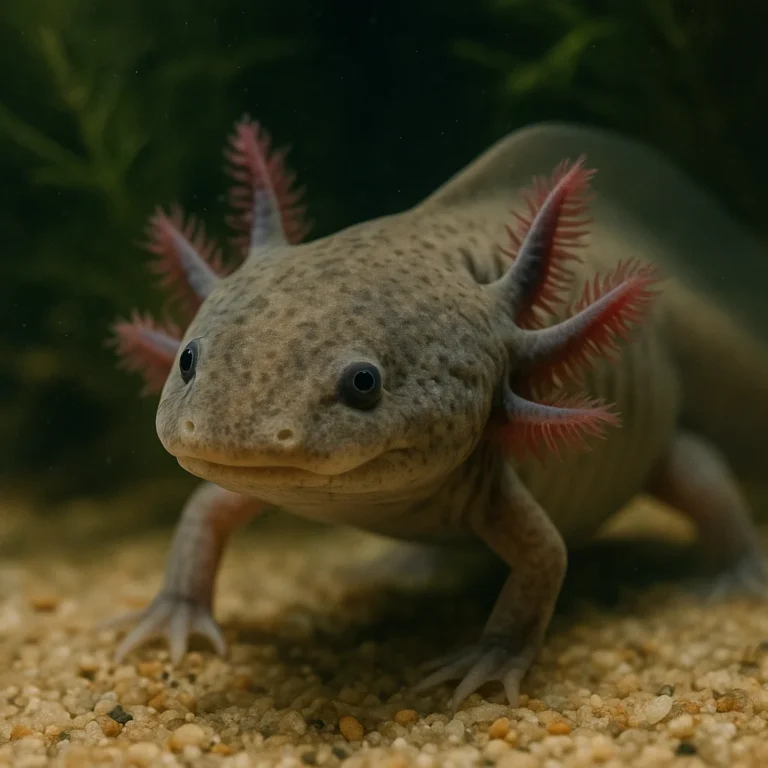Mice have excellent hearing and can detect ultrasonic sounds, which they use for communication and detecting predators.
They are incredibly agile and can jump up to 18 inches high, which is about 10 times their body length.
A mouse’s front teeth never stop growing, which is why they constantly gnaw on objects to keep them from getting too long.
Mice have a very strong sense of smell and use it to locate food, identify other mice, and even detect danger.
They are nocturnal animals, meaning they are most active during the night when their natural predators are less likely to be hunting.
They are surprisingly fast runners, capable of reaching speeds of up to 8 miles per hour.
A single mouse can produce between 40 to 100 droppings per day, which is one way to identify their presence in a home.
They are social creatures that prefer to live in groups. They communicate with each other through high-pitched squeaks and body language.
The average lifespan of a house mouse in the wild is about 1 year due to predators, but they can live up to 3 years in captivity.
They are excellent climbers and can scale vertical walls and navigate through narrow openings with ease.
They have poor eyesight and are colorblind, relying more on their other senses to navigate and find food.
They can squeeze through openings as small as a dime, thanks to their flexible bones and small size.
A female mouse can start reproducing as early as 6 weeks old and can have up to 10 litters a year, with each litter containing up to 14 pups.
Mice are known to be great swimmers, and they can tread water for up to 3 days.
They have been used extensively in scientific research and have contributed significantly to medical and genetic studies.
How useful was this post?
Click on a star to rate it!



